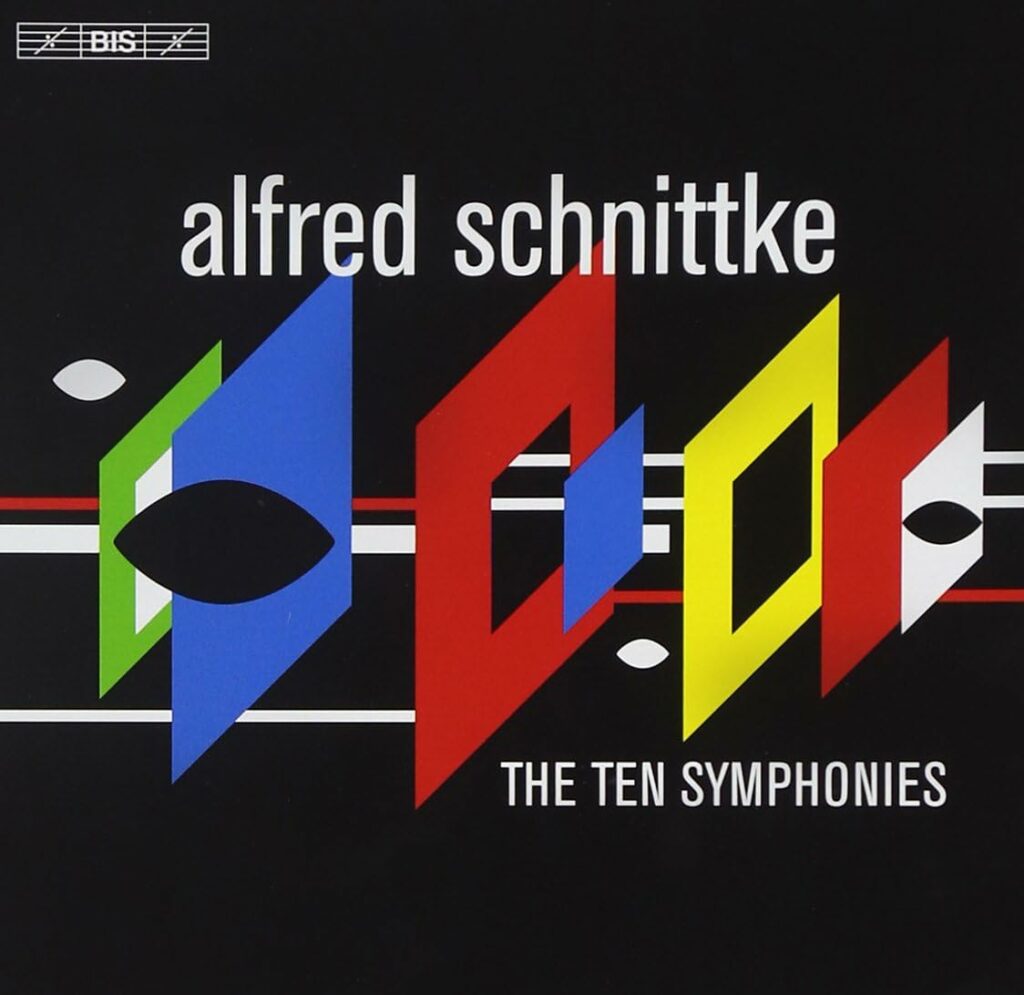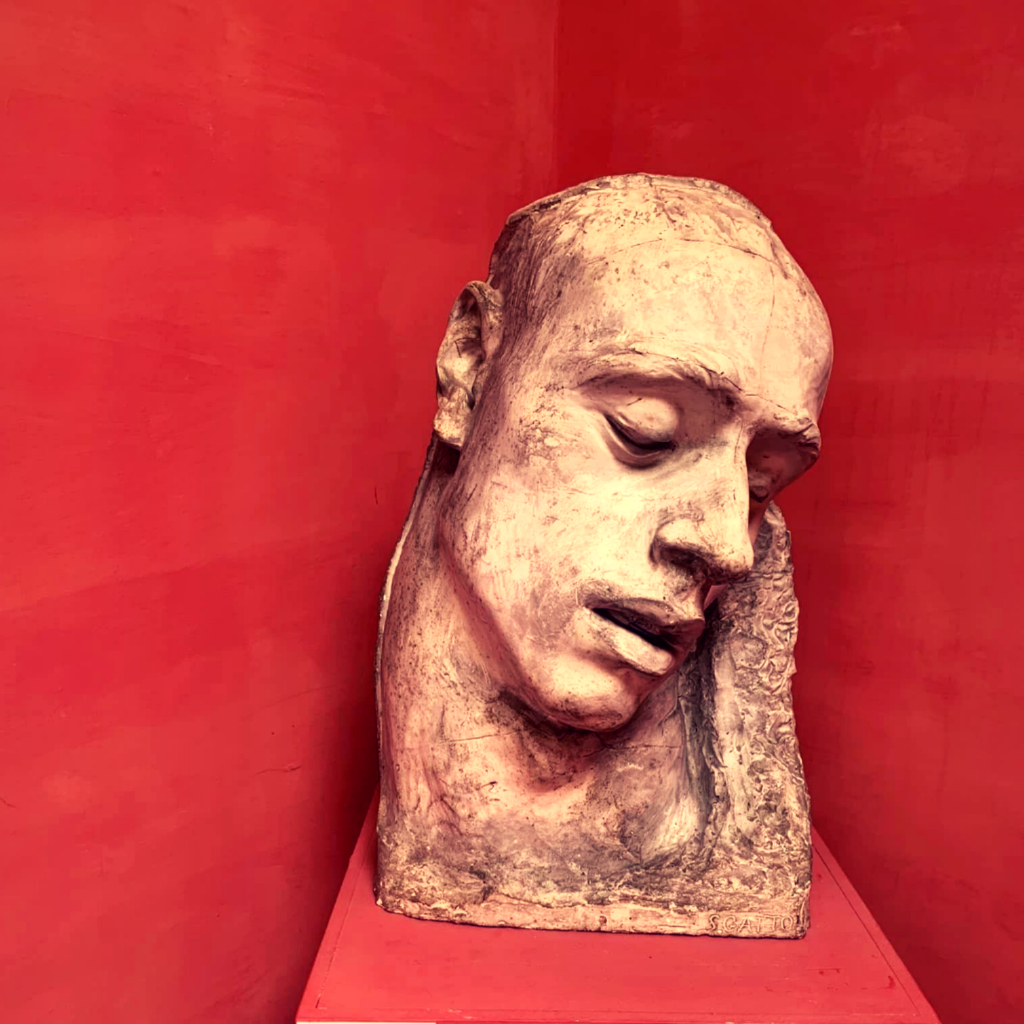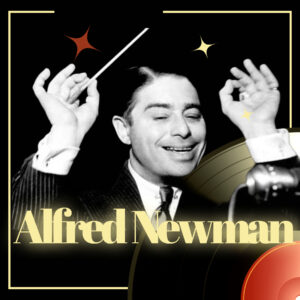
The treasure of Schnittke’s music is the polyphonic sound of the 20th-century musical language, from eclectic polystylism to authentic spirituality. Schnittke has incorporated a lot of Shostakovich’s aesthetic and technical challenges into his work. In fact, Schnittke has taken these challenges even further: the irony and alienation that he inherited from Shostakovich has become the most pronounced feature in the music of a composer who has persistently followed his own star, independent of any stylistic clique.
The enormous contribution of the Russian composer Alfred Schnittke raises such questions about musical meaning and historical significance. Take this unthinkable music, for example, his First Symphony, during which Schnittke coined the phrase “polystylism” to cope with the musical aesthetics: it was conceived as an “un-symphony.” Decades before orchestras recognized the need to reinvent themselves and their mission for the future, Alfred Schnittke challenged listeners and performers alike to question the continued viability of the cornerstone of the orchestral repertory — the symphony — in his iconoclastic First Symphony (1969–72). “It is an attempt,” Schnittke explained, “to reconstruct the classical form of the four-movement symphony (with dramatic sonata form, a ‘funfair-scherzo,’ a philosophical Adagio and a liberating finale) — a form that has meanwhile been destroyed by the development of music — from fragments and leftovers, supplying new material where it was missing.” Schnittke’s “leftovers” came from Beethoven, Chopin, Strauss, Grieg, Tchaikovsky, Haydn, and Gregorian chant, not to mention his own earlier music for film and theatre, which supplied the lowbrow bits and banal scraps ranging from ragtime and band marches to pop. The new material included a lengthy free jazz improvisation. This is music that brooks no complacency; the fragments and allusions collide and refract in an unsettling kaleidoscope of chaos, though a haunting lyricism also emerges. Eye-opening as well as ear-opening, Schnittke’s First Symphony was also conceived as performance art.
We think that the First Symphony of Schnittke (he wrote eight, left nine unfinished after his death), is a massive fragment of the entire catalogue of orchestral, vocal, chamber, theatre, and film music of Schnittke, all written in his 63 short years, The latter was traumatized by a series of strokes that ended his life in 1998.
To give an idea of the scale of the polyphonic lines of stylism, Schnittke listen next to his Piano quintet, written shortly after the First Symphony after his mother’s death. Where the symphony is a disastrous sense of reality, the quintet sounds like a clear expression of crying and loss. It is because of the candor and gloom of his emotional expression, especially in his third and fourth movements, the music that Schnittke said: “Real experience of grief, which I would prefer not to comment on because they are very personal nature”. The final fifth movement is the surreal lullaby, in which a compressed melody in the piano is surrounded by prophetic strings; the music goes almost beyond the perception of the Earth, while the piano repeats its melody in infinite.
One of his most famous things is Grosso Concert number 1, which returns to the hyperreal world of the First Symphony, but in a more concise and in some ways multiplied form. In the Grosso Concert, Schnittke said that he wanted to realize “one of the goals of my life … to bridge the gap between ‘E’ (Ernstmusik, serious music) and ‘U’ (Unterhaltung, music for entertainment), even if I break my neck doing so!”.
His Concerto for the Mixed Choir, written in the mid-1980s, is a music that confirms that Schnittke is the composer of one of the most important religious music of the late 20th century (born 1934 to an atheist father, in 1982 converted to Catholicism). You can hear the spirituality that animated the Fourth Symphony, especially its last few minutes, the entry of Ave Maria, which Schnittke wanted to combine Jewish, Orthodox, Catholic and Lutheran ideas and music.
In his final years, Schnittke composed rigorous music, which at first glance appears to be an extract of his flight into the music stratosphere, and a radical simplification of his means and methods: listen, for example, to the latest movement of the Eighth Symphony, or any of the Ninth Symphony, Schnittke’s handwriting: he had to write with his left hand because of strokes. The treasure of Schnitke’s music lies precisely in the authentic sound of the 20th century musical language, from eclectic polystylism to authentic spirituality.




